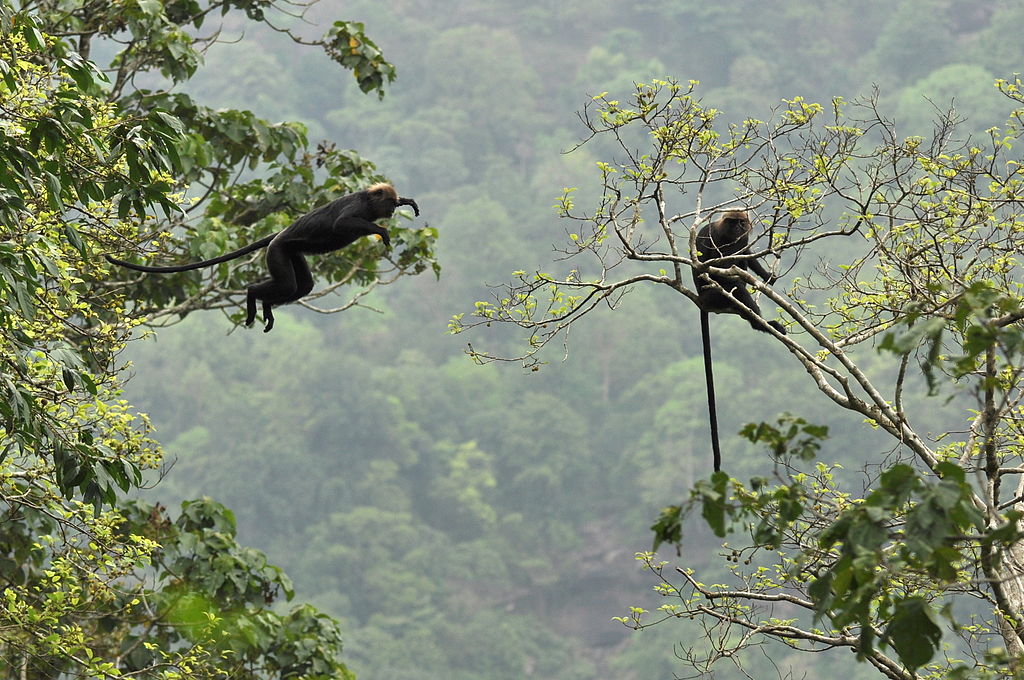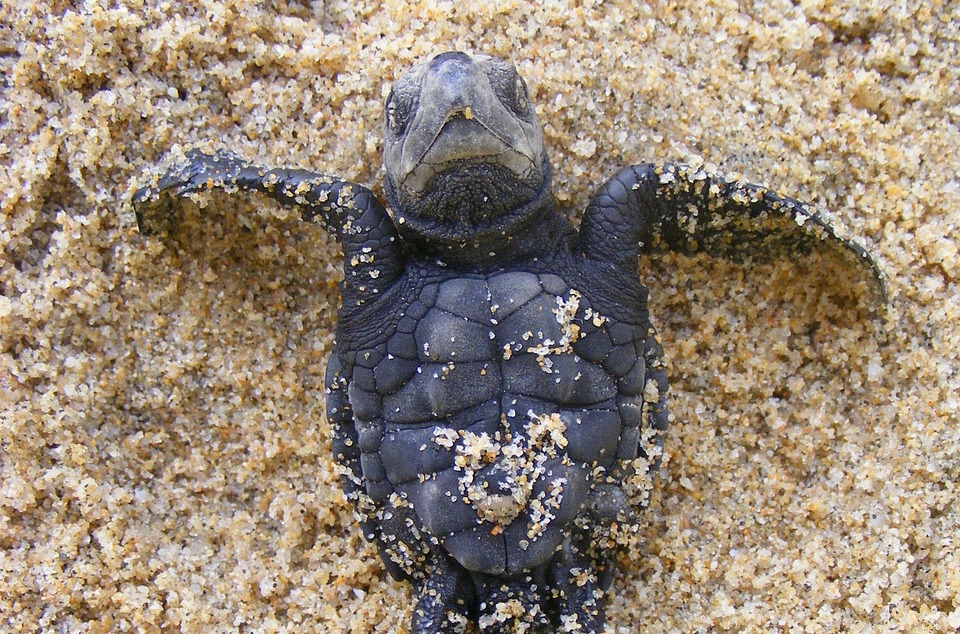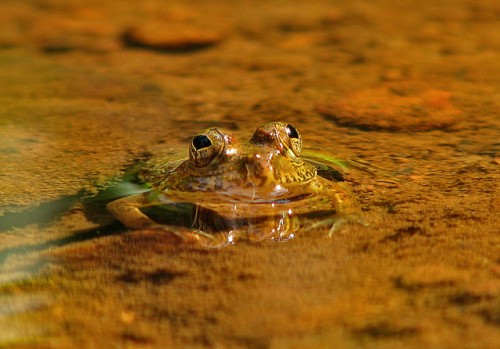Imagine it is unbearably hot where you live. The rain clouds are nowhere in sight and you wish you could escape to a cooler climate, somewhere on the hills. In fact, you set out the very next day, only to find that the road that would take you to the hills is gone. In its place are vast uninhabitable, unsafe areas, making it impossible to move even a step further. Now imagine that this is exactly the same situation and reality, our wildlife is facing every day.
Migration or the movement of wildlife from one habitat to another has been a natural phenomenon that has been occurring for centuries. Bees, birds, butterflies, elks, deer, bear, whales…so many of the wild species that we know on earth migrate in search of food, safe shelter and breeding grounds. Winters dispel wildlife to move to warmer regions. Warming climates provoke them to seek cooler habitats.
Also Read: 11 Himalayan Animals and Plants Fighting Climate Change
Unfortunately, climate change and deforestation together have created such a fragmented and patched network of path ways for the wildlife that now they are finding it harder and harder to follow their natural instincts and move to safer habitats when the time comes.
A new research by scientists of the University of Sheffield and University of York found that most tropical forest habitat is currently too disconnected to provide pathways to cooler climates leaving many vulnerable animals with no choice but to perish in their present habitats.
A patch bigger than India
The study team found that the amount of deforestation that has occurred in the tropical forests of the world between 2000 and 2012 is so severe that it has left a vast amount of area – bigger than India, losing its ability to link vital forest areas and become corridors for animals to travel.

Presently, only 38 percent of the tropical forests are ‘wildlife friendly’ meaning if climate change heats up their present habitat, the vulnerable species have little chance to escape. The road towards the hill has been eaten up by farmlands, urbanisation and palm oil cultivation.
Also Read: 4 Reasons why Climate Change is Bad for Snow Leopards
This loss of forest means that if species run towards safer habitats through the little patches that are left, then under severe warming scenarios, they would still, on average, suffer 2.6 degrees Celsius in warming.
A tally of more than 4,000 species from around the world in 2011 showed that roughly half are on the move. The ones on land are moving an average of more than 10 miles per decade. However if the present study is true, their way forward and upward is being restricted by deforestation.
Professor David Edwards from the University of Sheffield, said: “The speed and severity with which the ability of plants and wildlife to track their optimal climates has been severed is truly shocking.
“In considering what we can do to solve this problem, we urgently need to fund mechanisms to stop tropical forest loss whilst also investing in reforestation in places where deforestation has already been most severe.
“The time to act is now and failure to do so will have catastrophic effects for tropical biodiversity over the coming century.”
Your contribution (of as little as Rs.50/-) can help us keep bringing to you stories about lesser known species of India.
Do support our work by clicking here.










One thought on “Deforestation Cutting Escape Route of Animals Fighting Climate Change”